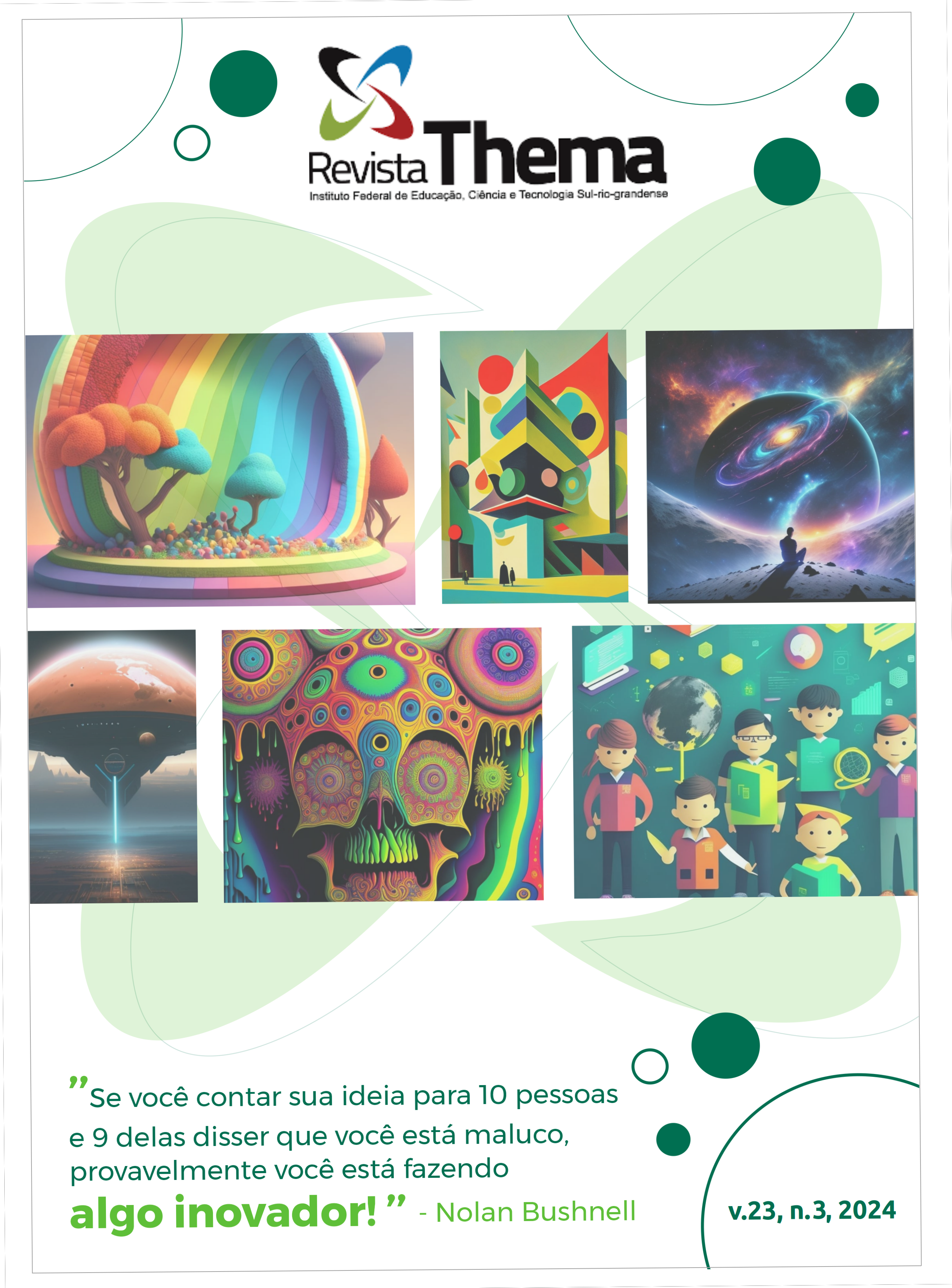Generating realistic irregular waves using the WaveMIMO methodology
a case study to evaluate parameters
DOI:
https://doi.org/10.15536/thema.V23.2024.777-802.3760Keywords:
realistic irregular waves, WaveMIMO methodology, Fluent, TOMAWAC, computational fluid dynamicsAbstract
Among the various renewable energy sources that can be explored, there is the energy contained in sea waves. The WaveMIMO methodology is used for the numerical generation of irregular waves based on realistic sea states and consists of processing spectral data to obtain orbital velocity profiles of wave propagation, which are imposed as a boundary condition (BC) in a numerical wave channel. In this sense, this study evaluates parameters for the application of this methodology, investigating the discretization of the prescribed velocity BC imposition region, the mesh sensitivity in the free surface region, the time step used and, finally, the location of the velocity vector in each segment of the prescribed velocity BC imposition region. Therefore, realistic data were considered from a point close to the coast of the municipality of Mostardas, in the state of Rio Grande do Sul, obtained from the spectral model TOMAWAC. Results indicated that, comparing the best and worst case evaluated, improvements of 6.58% and 7.60% were obtained in the metrics considered when evaluating the results.
Downloads
Downloads
Published
How to Cite
Issue
Section
License
O autor responsável pela submissão representa todos os autores do trabalho e, ao enviar o artigo para a revista, está garantindo que tem a permissão de todos para fazê-lo. Da mesma forma, assegura que o artigo não viola direitos autorais e que não há plágio no trabalho. A revista não se responsabiliza pelas opiniões emitidas.
A Revista Thema é de acesso aberto (Open Access), sem que haja a necessidade de pagamentos de taxas, seja para submissão ou processamento dos artigos. A revista adota a definição da Budapest Open Access Initiative (BOAI), ou seja, os usuários possuem o direito de ler, baixar, copiar, distribuir, imprimir, buscar e fazer links diretos para os textos completos dos artigos nela publicados.
Todos os artigos são publicados com a licença Creative Commons Atribuição-NãoComercial 4.0 Internacional. Os autores mantém os direitos autorais sobre suas produções, devendo ser contatados diretamente se houver interesse em uso comercial dos trabalhos.





